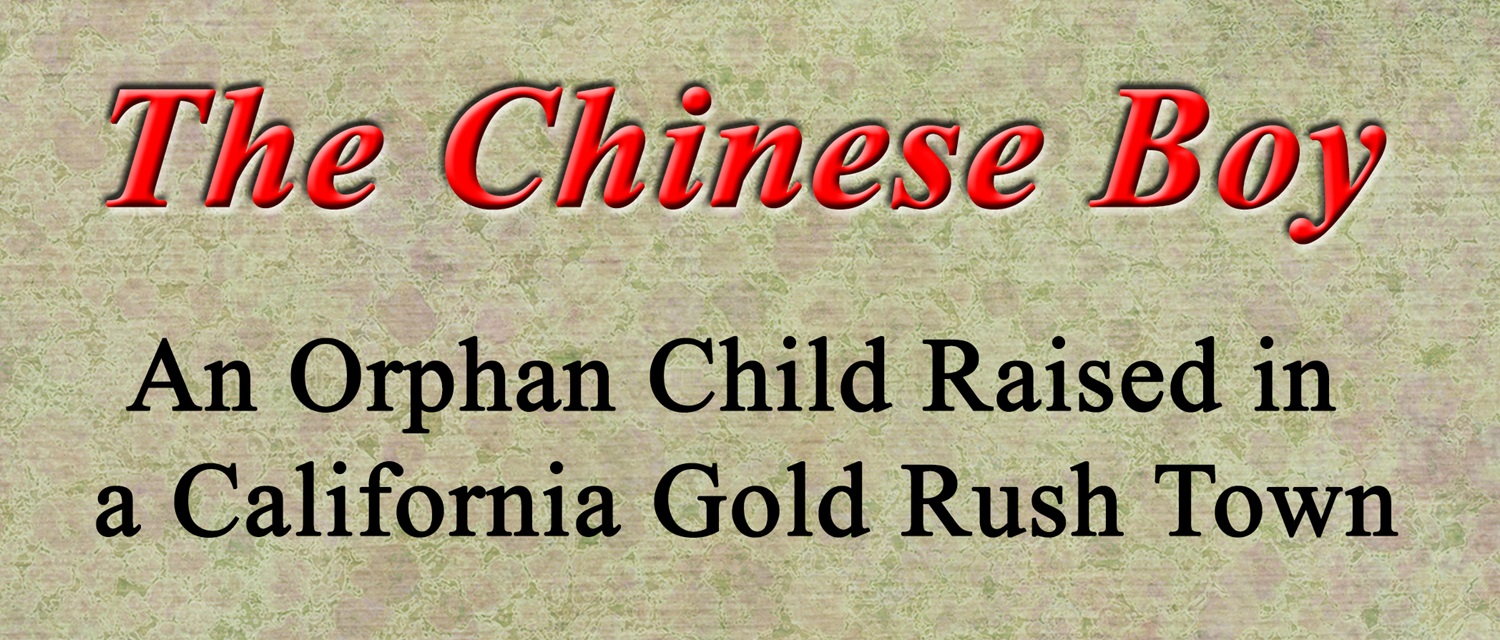Caleb Gibbons is handed a Chinese baby after the Chinese father is killed at a gold mining camp on the river. Caleb and his wife Ruth Anne raise the Chinese boy for 12 years until a Chinese woman arrives and claims she is the child’s mother.
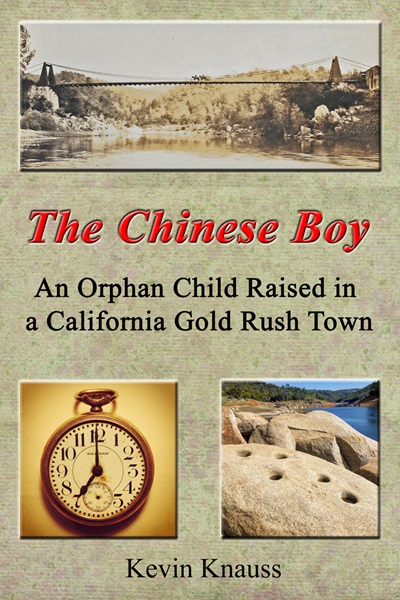
A White Couple Raise a Chinese Boy in a California Gold Rush Town
Set in the early 1860s, outside of Sacramento, the Gibbons live in an isolated California Gold Rush mining town. The Chinese baby is near death and Ruth Anne, who is new to California, ventures to an Indian village to find a mother who can nurse the child back to health. Over the next decade, Caleb and Ruth Anne care for the Chinese boy as their own son. Ruth Anne encounters prejudice and support in her small town on the river while caring for the Chinese boy.
When the Chinese boy is taken from her and given to the Chinese woman, who claims to be the mother, Ruth Anne spirals into suicidal depression. A smart and ingenious boy, he finds a way to escape back to his home with Caleb and Ruth Anne. His return is only temporary as the sheriff returns and takes the Chinese boy back to Sacramento to live with the Chinese woman. Ruth Anne travels to Sacramento and works with an old acquaintance to secrete the boy onto a train to San Francisco and a safe environment.
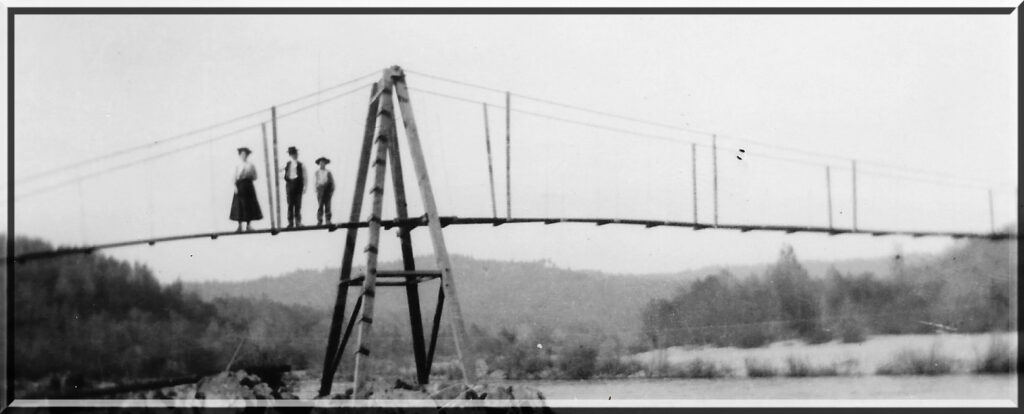
Because Caleb and Ruth Anne fear the boy’s location may be found out by the Chinese woman, they never try to communicate with him. The Chinese boy, now a grown man, finds his way back to gold mining region to reunite with Caleb and Ruth Anne. Unfortunately, Caleb has died, and Ruth Anne is a very different woman.
While the characters are fictitious, the story incorporates many historical events of 19th century California including railroads, wire rope suspension bridges, and anti-Chinese mobs who attack Chinese miners. Caleb came to California in 1849 to mine for gold. He returns to Massachusetts where he meets Ruth Anne. After Caleb and Ruth Anne marry, they travel back to California.
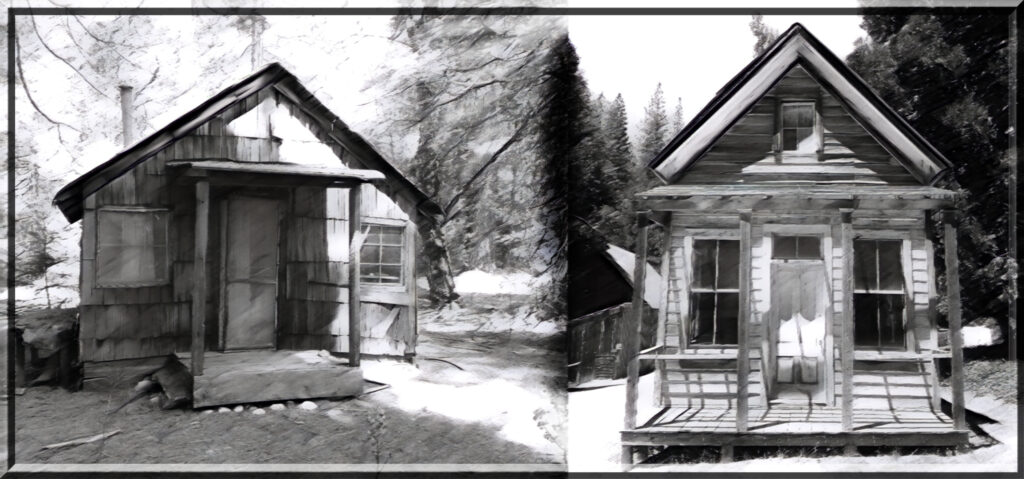
Caleb had fallen in love with California. He goes to work for the water company managing the water ditch he helped dig in the early 1850s. Ruth Anne was raised in North Adams, Massachusetts, and living in California was not the dream she thought it would be. However, Ruth Anne finds her rhythm when she becomes the mother of a Chinese baby that was placed into her arms by Caleb.
Fictional Characters based on Early California History
I have never set out to write a book of fiction. I am steeped in history and value verifiable facts from reliable sources. However, no historian can banish the daydreams of how it must have felt like to live in the period they study. It is easy to contemplate life scenarios after reading about extraordinary events of the 19th century in California. Hence, The Chinese Boy, the book, was born over many long hikes along the American River.
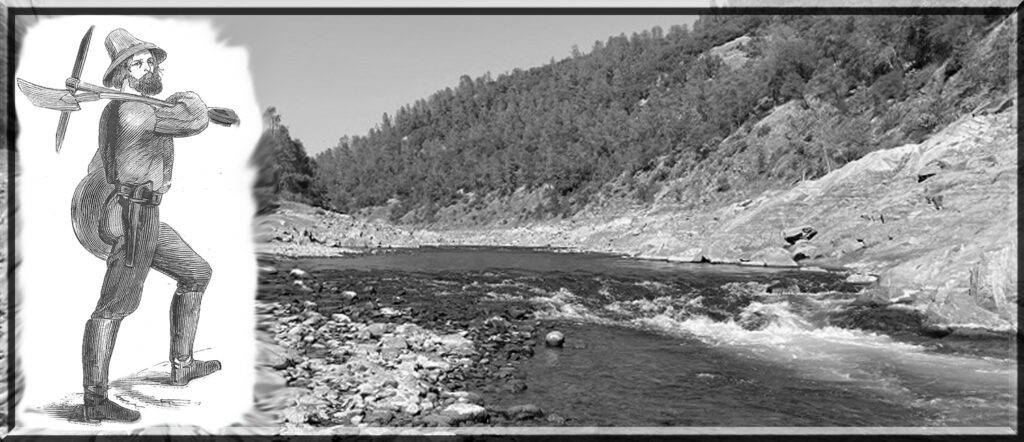
The historical fact that triggered my path down a fictional account of Chinese baby was reviewing the 1860 census for Granite Township and seeing the name of three-year-old Chinese boy. This meant that the toddler was born in 1857. That was the seed planted in my brain to weave various family stories along the American River in the gold mining districts.
Native Americans play a small, but important, role in the story. The pre-historic presence of Native Americans was all along the river in the 1860s. Unfortunately, the Native Americans were pushed out of most of the foothill regions where the white families were settling. Ruth Anne is able to find one small band of Native Americans who reluctantly help nurse the Chinese baby back to health.

The Chinese population, primarily miners, comprised a significant percentage of the residents in many communities along the American River in the 1860s. Unlike the white populace, the residency of the Chinese miners, merchants, and laborers was not very well recorded. Similar to the Native Americans, the Chinese presence would fade quickly after they left mining camps.
For better or worse, the lack of documentation on the life of Native Americans and Chinese miners creates a vacuum that is filled with speculation, and often fiction. I have endeavored to fill the vacuum not with wild fantasy, but a plausible story based on other events life events that were recorded during the period.
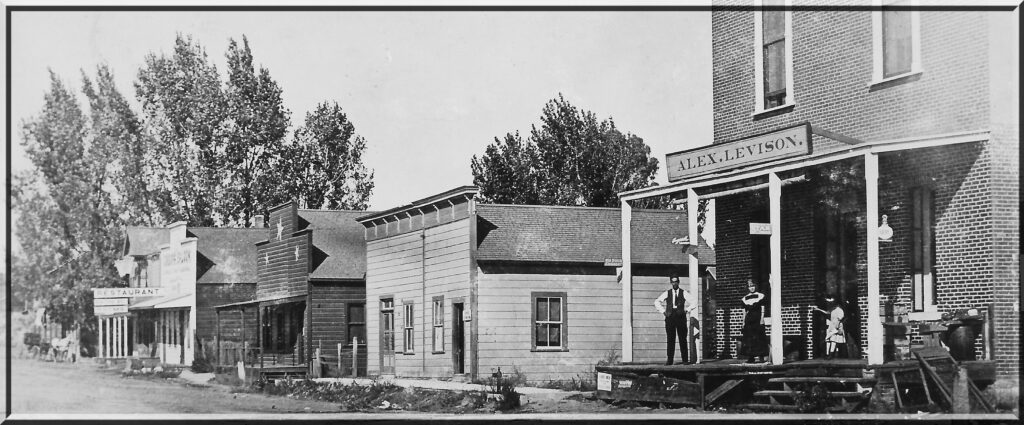
For example, we know some people committed suicide along the river. Mothers and fathers died, leaving orphaned children who were cared for by neighbors. The water canals along the river would frequently break. Men were killed along the water ditches and river. Wire rope suspension bridges were placed across many of the rivers in the foothills.
Anti-Chinese Mobs and Prejudice were Prominent
The anti-Chinese movement was significant. Many Chinese men were driven from their mining claims by angry mobs of white men, and many were killed. While anti-Chinese sentiment may have been strong, companies that operated the water canals and that were building railroads employed Chinese labor. Chinese immigrants persisted in many communities establishing businesses, mining, and providing labor.

When I review my book about an abandoned Chinese baby, subsequently raised by white parents, most of the events are not preposterous. I don’t have much of an imagination. Virtually every event that takes place in the book had its genesis in a historical event I have read about or my own family’s history.
The reality is that men and women, who become fathers and mothers, develop a fierce attachment to any child that becomes part of their family. Their actions to protect their children can be surprising and seemingly out of character.

It is also true that there are times in history when people could not question life. They were told to forget the events and move forward. By today’s standards, it was a cruel reality that some people had no rights, no input into the situation of life or death. Imaginary lines were drawn and people were told to leave their ancestral homeland. Women had little say about their lives or how they should live.
While the circumstances and environment were different in the 1860s, I don’t think human emotions were different. Mothers and fathers loved their children and were pained when a child died or was taken from them. This is where fictional accounts excel and connect modern day readers with the past. The raw emotions of happiness, sadness, joy, fear, and anger connect us to our ancestors.
I did my best in the book to convey the emotions of the subjects in the book. When I hike trails along the river, I’m still in awe of the surrounding tall steep canyon walls, the rushing river, the birds flying overhead, trees swaying in the breeze, and the lack of human voices and remoteness. I am certain that early immigrants felt the same way when they meandered over the hills and creeks in search of gold.
I wrote this book for myself. It may be of interest to others who are interested in a small glimpse of life in a Gold Rush town along a California river. The book is available on Amazon. Below is my YouTube video introducing the book and how I came to write it.
